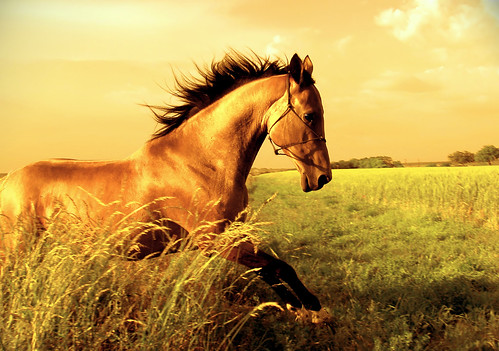 |
| Palace Walk |
Palace Walk
Naguib Mahfouz
Translated from the Arabic by William M. Hutchins & Olive Kenny
I first heard about this book a couple years ago, when a woman in my book club recommended it to me. She and I have pretty similar reading tastes, so I was interested in picking it up. I was in the Strand once and they had a copy of the second and third books in the trilogy, but not
Palace Walk, the first. I reluctantly passed them by, figuring I'd get to them sooner or later.
I'm glad that I finally made the time to read this.
Palace Walk is set in Cairo, Egypt during and immediately after World War I. For the vast majority of the novel, the conflicts are in the background. There's some talk about the Australians, or German bombs, but nothing shakes the family compound on Palace Walk.
Life beings every day before dawn, when Amina, the mother, slips out of bed, wakes the servant, and begins the pounding of the bread that wakes the rest of the family. She works tirelessly to ensure that her family, and especially her husband, Al-Sayyid Ahmad al-Jawad, is catered to in every way.
Al-Sayyid Ahmad is the unquestioned ruler of the family. He runs his household with an iron first, forbidding music, celebrations, drinking, even lighthearted conversations. He cannot imagine that anyone dares to disobey him outside his presence. His sons often describe the house as a prison. His wife and daughters seem more resigned to their fate - perhaps because they are seldom allowed out in the world. At one point, the engagement of Khadija, the eldest daughter, appears in jeopardy because the suitor has seen her face.
Of course, al-Sayyid Ahmad does not feel the need to hold himself to the same standard he holds his family. He goes out nightly to parties with his friends, where they get drunk, play music, are entertained by female performers, and pursue affairs. He makes sure that he is able to somewhat hold it together before coming home to his wife, who is waiting, awake, to help him prepare for bed.
There are some incredibly troubling incidents in the book. Several of them deal with the eldest son, Yasin. He has a complete contempt for women. He regularly calls them "bitches," and sees them simply as objects for his pleasure. When his father interrupts an attempted rape, he accuses his son of being a criminal - but naturally, the authorities are not involved.
Eventually, the focus on the book shifts from the shielded compound walls to events outside. Following the end of the war, Egyptians begin to agitate for self-determination. They want the foreign powers out of their country. They want to rule themselves. Fahmy, the middle son, becomes caught up in this struggle. He talks about the issues during the family's daily coffee hour, the one time of day where they can relax and talk freely outside the presence of al-Sayyid Ahmad. Slowly, each of the family members begins to be affected by the increased conflicts. In this way, the outside and inside are brought together.
I try to read books like this with an open mind. Did I like any of the male characters? Nope, not at all. Was I reading this through a distinctly white American feminist lens? Yes, because that's who I am. So while I couldn't be happy with the way the characters lived their lives, I could still appreciate the complicated family dynamics, the questions about obeying authority, the desire for a better life. I'm interested in learning more about the author - what were his views on these issues? I'd love to know if my hunches are in the right direction or way off base.
I do plan on reading the next two books in the trilogy. However, I admit I'm a bit reluctant to read the next one,
Palace of Desire, as it looks like Yasin is the focus. I am much more intrigued by the third novel,
Sugar Street, which looks like it focuses more on Khadija. I wanted more from her perspective in
Palace Walk, and I never really got it.
Want more like this? Try:
- Ahdaf Soueif, The Map of Love. This is an Egyptian novel with a present storyline and one set in the early years of the 20th century. Definitely more female centered. There's a lot about language, and critiques about the colonial system.
- Fatima Mernissi, Dreams of Trespass: Tales of a Harem Girlhood. The true story of a girl growing up in Morocco in the 1940's and 50's. Mernissi disabuses Western readers of the notion that a harem is a place of lusty indulgence. Rather, it's how an extended family of female relations lives together in one household. She does critique the system, though - it's not just a jolly place of eating olives and laughing.
Apologies to those who may see this coming up twice in their feed readers - I accidentally hit "publish" before it was ready. Oops!

























